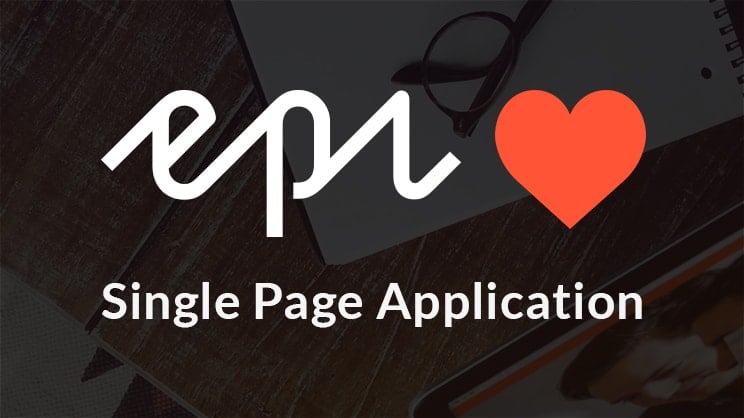In the fifteen years since I have worked with e-commerce projects, I have come to appreciate a critical truth - the success of an eCommerce project lies in its foundation. Strengthen the foundation with the right tools and platforms and a website’s success becomes easier to attain. Now, more than ever before, there are systems such as Product Information Management (PIM) platforms that do much of the hard work for you. Developed back in the late nineties to overcome data overload, PIM systems have become instrumental to what businesses can achieve via their website. And in an age where buying online has become the ‘new normal’ and eCommerce transactions are hotly tipped to soon overtake traditional retail revenue, underestimating how product data is held and sourced will prove to be a costly mistake for any ambitious enterprise.
So before you begin your eCommerce project, here are three things you NEED to consider…
1. Integrate
For eCommerce implementations, it is common practice to provide an integration between an eCommerce platform like Episerver or Sitecore and the company’s Enterprise Resource Planning (ERP) system. Bringing the two together will ensure marketing content such as product descriptions, image and video content, upsell and accessory links matches the core product data held in the ERP system. Additionally, complex product information such as size variations, which are typically listed as individual entries in the ERP, can be shown as a single unified entity to a PIM user in the marketing department, thus simplifying their job. If your requirement is relatively simple, with a low number of SKUs and few variations, managing this information in the eCommerce catalogue may be a perfectly adequate solution. However, as more complexity is introduced, such as multi-lingual descriptions and differences in global specifications, managing this data in a PIM can be much simpler and will result in fewer errors. Complex product information such as size variations, which are typically listed as individual entries in the ERP, can be shown as a single unified entity to a PIM user in the marketing department, thus simplifying their job. Additionally, as product data is needed to drive a variety of customer and selling touch points, such as mobile, social media, self service, in store kiosks, and the like, your PIM becomes the central repository for managing up to date and accurate information.
2. Layer up!
The PIM system is at the heart of a successfully crafted complex digital marketing system. It is layered between the back end ERP and the front end customer digital touch points, such as eCommerce and Mobile. A PIM will make it easier to add multiple languages, extended product descriptions and specification variations by region. The PIM can also include a digital asset management (DAM) module to support photo and video content.
3. The ‘source of truth’
It is worth remembering that the PIM platform acts as the ‘source of truth’ regarding product information, providing an easy-to-use user interface for employees across a business as well as outside contributors like translation agencies. However, there are some types of data that should not be stored in a PIM – data that changes frequently, for one. That kind of data is best stored and pulled directly from the ERP. To decipher which option would work for your business, talk to professional software development partners like Niteco, today. Doing so, will only strengthen your eCommerce foundation.



